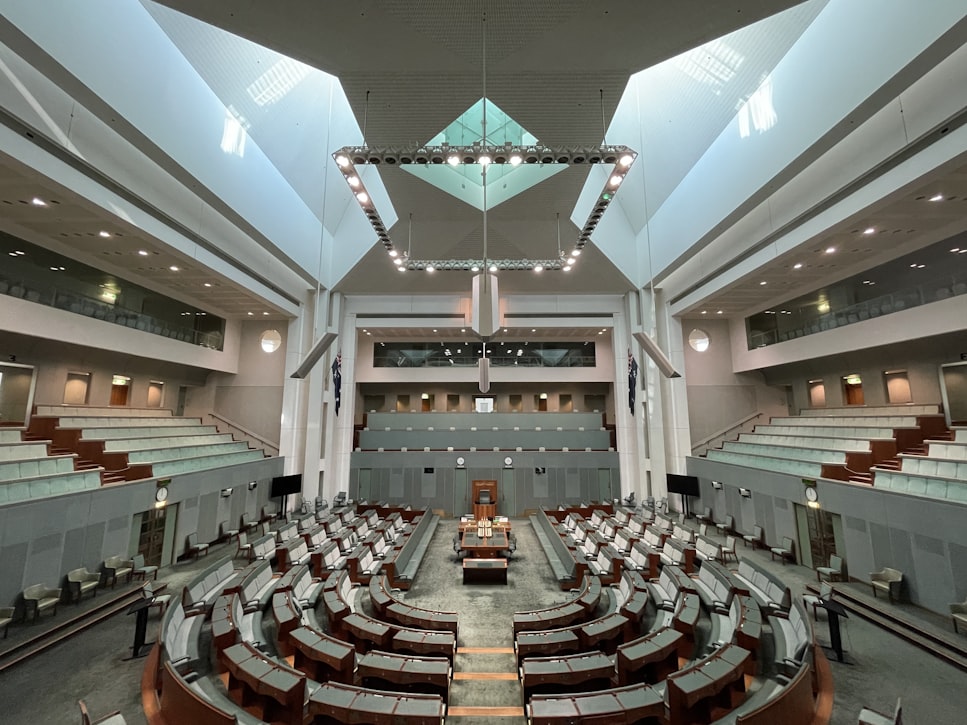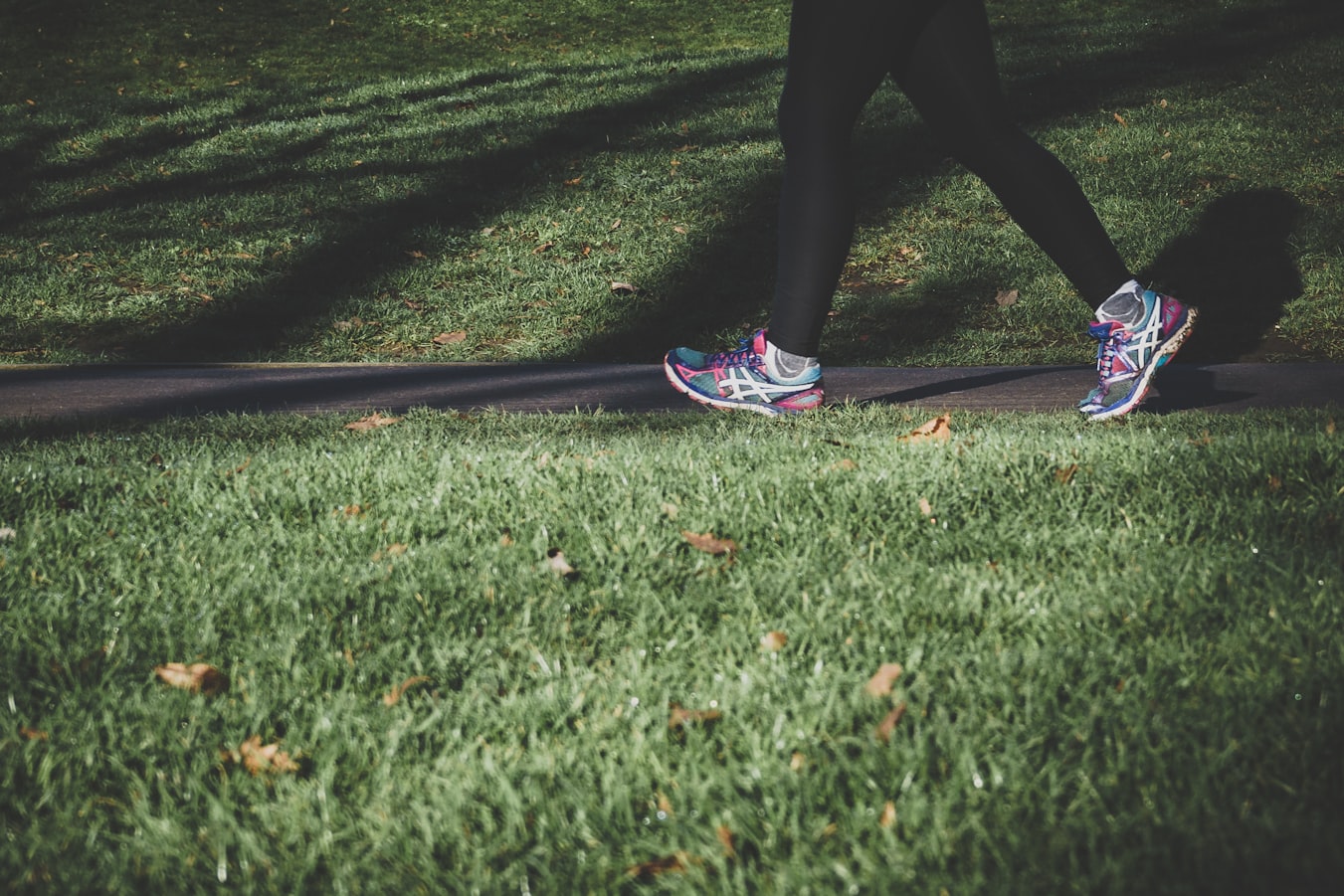Heatwaves are among the world’s deadliest weather hazards. Every year, vast numbers of people are killed by heat stress and it can worsen health problems such as diabetes, asthma and heart disease .
Author
- Gregory Moore
Senior Research Associate, School of Agriculture, Food and Ecosystem Sciences, The University of Melbourne
Unfortunately, the bitumen roads, brick and concrete structures and roofing tiles in cities can absorb and retain vast amounts of heat, much of which is released after the sun has set. This creates what’s known as the urban heat island effect . In fact, temperatures can be significantly higher in cities than in surrounding or rural areas .
Trees and greenspace can drive down urban temperatures – but they must be able to draw water from the soil to achieve these massive cooling effects.
In other words, it can sometimes be helpful to water your trees during a heatwave.
How trees keep us cool (and no, it’s not just about shade)
Trees reduce urban temperatures in two significant ways. One is by the shade they provides and the other is through their cooling effect – and no, they’re not the same thing.
Water is taken up via a plant’s roots, moves through the stems or trunks and is then misted into the air from the leaves through little holes called stomata. This is called transpiration, and it helps cool the air around leaves.
Water can also evaporate from soil and other surfaces. The combined loss of water from plants and soil is called evapotranspiration.
The cooling effects of evapotranspiration vary but are up to 4°C , depending on other environmental factors.
Watering your trees
If heatwaves occur in generally hot, dry weather, then trees will provide shade – but some may struggle with transpiration if the soil is too dry.
This can reduce the cooling effect of trees. Keeping soil moist and plants irrigated, however, can change that.
The best time to irrigate is early in the morning, as the water is less likely to evaporate quickly before transpiration can occur.
You don’t need to do a deep water; most absorbing roots are close to the surface , so a bit of brief irrigation will often do the trick. You could also recycle water from your shower. Using mulch helps trap the water in the soil, giving the roots time to absorb it before it evaporates.
All transpiring plants have a cooling effect on the air surrounding them, so you might wonder if trees have anything special to offer in terms of the urban heat island effect and heatwaves.
Their great size means that they provide much larger areas of shade than other plants and if they are transpiring then there are greater cooling effects.
The surface area of tree leaves, which is crucial to the evaporative cooling that takes place on their surfaces, is also much greater than many other plants.
Another advantage is that trees can be very long lived. They provide shade, cooling and other benefits over a very long time and at relatively low cost.
Not all trees
All that said, I don’t want to overstate the role of urban trees in heatwaves when soils are dry.
Some trees cease transpiring early as soils dry, but others will persist until they wilt.
Careful tree selection can help maximise the cooling effects of the urban forest. Trees that suit the local soil and can cope with some drying while maintaining transpiration can provide greater cooling
And, of course, it is important to follow any water restriction rules or guidelines that may be operating in your area at the time.
Trees keep us cool
Despite the clear benefits trees can provide in curbing heat, tree numbers and canopy cover are declining annually in many Australian cities and towns.
Housing development still occurs without proper consideration of how trees and greenspace improve residents’ quality of life.
It is not an either/or argument. With proper planning, you can have both new housing and good tree canopy cover.
We should also be cautious of over-pruning urban trees.
Trees cannot eliminate the effects of a heatwave but can mitigate some of them.
Anything that we can do to mitigate the urban heat island effect and keep our cities and towns cooler will reduce heat-related illness and associated medical costs.
![]()







